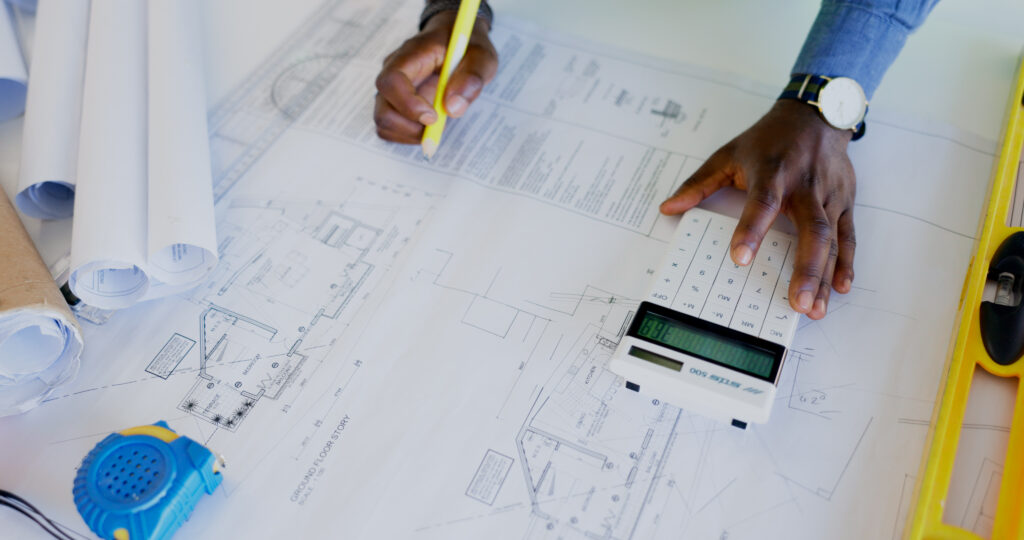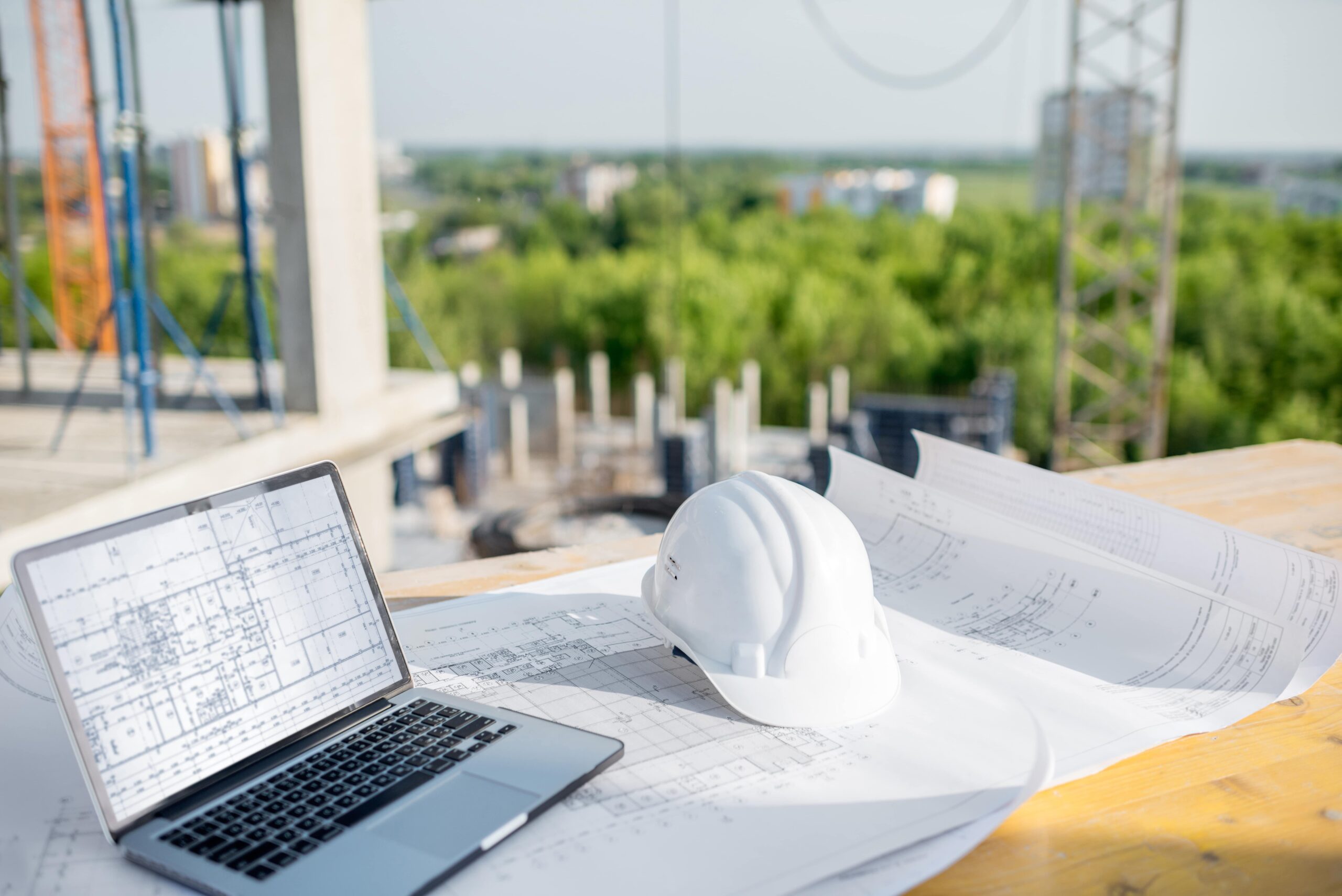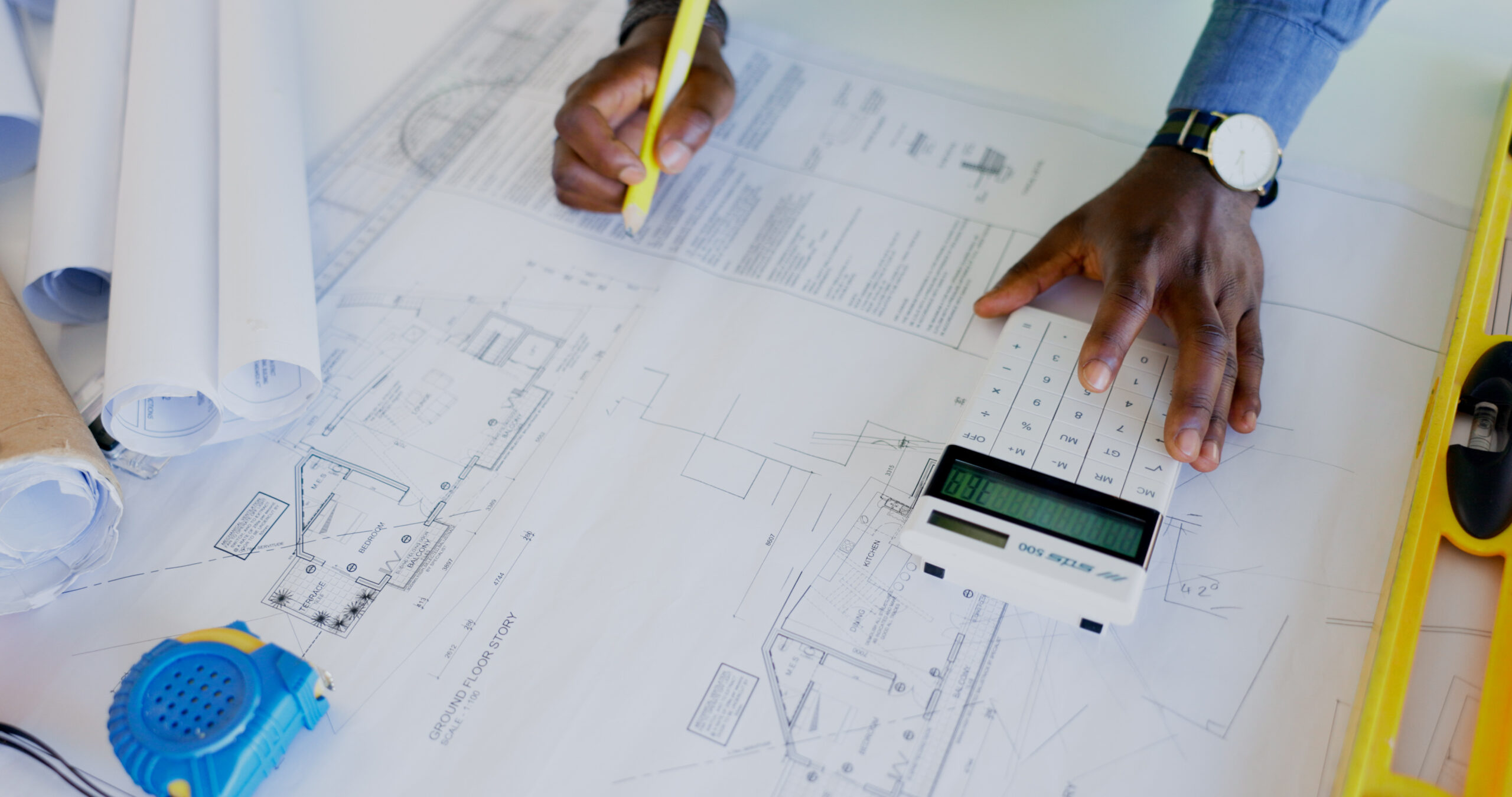
Accurate cost estimation for construction forms the backbone of every successful project in New York City. From residential towers in Manhattan to infrastructure works in the Bronx, the ability to forecast expenses precisely determines how efficiently a project moves from planning to completion.
At True Bid Data, we approach cost estimation as a data intelligence process rather than a routine calculation. By integrating real-time market data, digital tools, and local insights, we help construction professionals turn uncertainty into measurable financial control.
Understanding the Purpose of Cost Estimation
The primary goal of cost estimation for construction is to forecast the total financial requirements of a project before it begins. This includes direct costs like materials and labour, as well as indirect costs such as overhead, permits, and contingencies.
When managed properly, estimation provides the foundation for:
- Financial feasibility and funding decisions.
- Design optimization within realistic budgets.
- Competitive bidding based on credible pricing.
- Cost tracking during the project lifecycle.
In NYC’s dynamic environment, where market fluctuations and compliance rules can rapidly affect budgets, reliable estimation becomes a strategic safeguard rather than a mere project step.
The Building Blocks of a Reliable Construction Estimate
A comprehensive estimate must be structured around specific cost categories, ensuring no hidden variables are overlooked.
Direct Costs
These are project-specific costs, including:
- Labour rates (based on union, non-union, or prevailing wages).
- Material costs influenced by supply and delivery logistics.
- Equipment rentals and fuel consumption.
Indirect Costs
Expenses not tied to a single activity but essential for operations—such as temporary utilities, supervision, insurance, and site safety measures.
Overheads and Profit
Administrative and business costs, including mark-ups for management, contingencies, and expected profit margins.
When aligned with local market data, this structure gives NYC-based contractors a strong foundation for both planning and bid submission.
Local Challenges Impacting NYC Construction Costs
Unlike many regions, New York City introduces unique cost pressures that directly influence estimation accuracy:
- Space Constraints – Limited storage and staging areas drive up handling costs.
- Regulatory Layers – Strict DOB (Department of Buildings) regulations, safety inspections, and environmental compliance add extra overhead.
- Labour Availability – Wage rates and trade availability differ across boroughs, requiring constant rate adjustments.
- Material Volatility – Import dependencies and global market shifts affect steel, lumber, and concrete pricing.
- Weather and Seasonal Factors – Winter protection, heating, and scheduling delays alter cost structures.
These complexities mean cost estimation for construction in NYC cannot rely on outdated national averages—it must be tailored to the city’s real-world dynamics.
The Role of Data and Analytics in Estimation
Modern cost estimation is powered by data. True Bid Data’s approach leverages analytics to create predictive and adaptive estimates that reflect live conditions.
We integrate:
- Real-Time Supplier Data – Material price updates from verified NYC vendors.
- Labour Rate Benchmarking – Cross-referencing union, open-shop, and trade-specific wages.
- Historical Project Records – Analyzing similar projects to validate accuracy.
- Predictive Cost Modelling – Forecasting future changes in supply chains, inflation, and resource demand.
This data-first model transforms cost estimation for construction into a proactive, evidence-based process.
Technology’s Impact on Modern Estimation
Technology has made estimation faster, more transparent, and far more accurate. Digital tools like PlanSwift, Bluebeam, and RSMeans Online allow estimators to create detailed, dynamic budgets that adapt in real time.
Key Advancements Include:
- Automated Takeoffs – Rapid quantity extraction from 2D or BIM drawings.
- Integrated Cost Databases – Direct access to New York’s updated labour and material rates.
- Cloud Collaboration – Shared access for project managers, architects, and clients to review estimates instantly.
- Scenario Planning – Comparing alternative design options or construction methods to balance quality and budget.
By blending digital precision with human insight, True Bid Data ensures that NYC contractors gain clarity and speed without sacrificing accuracy.
Estimation as a Strategic Management Tool
The cost estimation for construction process influences far more than pricing—it shapes overall project strategy.
- For Developers: It determines whether a concept is financially viable before land acquisition.
- For Contractors: It enables precise bidding and protects profitability.
- For Architects: It guides design decisions within economic limits.
- For Investors: It builds confidence in the project’s fiscal sustainability.
When properly integrated, estimation aligns financial planning, design, and execution into one cohesive framework.
Risk Reduction Through Accurate Estimation
In NYC, project risks often stem from unanticipated costs. Data-backed estimation helps identify and mitigate those risks early.
Examples include:
- Accounting for material price surges through indexed escalation models.
- Including allowances for traffic restrictions or delivery delays.
- Adjusting schedules to reflect winter weather impacts.
This proactive approach not only prevents overruns but also strengthens contractor credibility during bid evaluation.
The Future of Construction Estimation
Looking ahead, the future of cost estimation for construction lies in automation and predictive intelligence. AI-based systems will soon analyze thousands of datasets—ranging from real-time supplier pricing to environmental trends to deliver near-instant cost projections.
For New York City professionals, this evolution will mean:
- Rapid bid preparation with data-verified accuracy.
- Continuous cost updates as project conditions change.
- Smarter resource allocation based on live analytics.
True Bid Data continues to lead this transition by merging AI and construction expertise, helping contractors and owners make faster, smarter financial decisions.
Final Thoughts
In a city as intricate as New York, cost estimation for construction is both a financial discipline and a strategic asset. It empowers professionals to forecast expenses, mitigate risk, and deliver projects with confidence.
True Bid Data’s mission is to redefine estimation by transforming static spreadsheets into dynamic data models—providing clarity, transparency, and control for every NYC project.
With the right data and technology, accurate estimation isn’t just possible it’s predictable.




